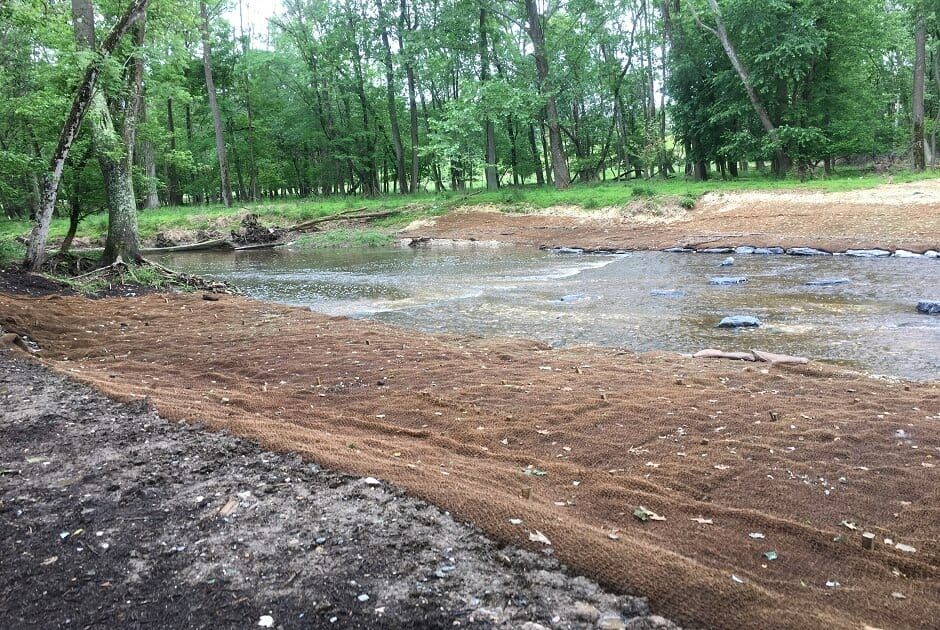When it comes to combatting pipeline erosion, there are numerous options for the oil and gas pipeline industry. When choosing the best option, Submar takes into account the grade of the embankment, the expected rate of water flow, and the type of soil at the site to help to mitigate the risk of pipeline erosion. In some cases, Submar recommends jute erosion control matting, which is a type of mesh that is a useful option for fighting the effects of pipeline erosion.
What Is Jute Matting?
Jute erosion control matting is a natural mesh that encourages vegetative growth in areas that have been disturbed by construction. The mat is made from hand-spun coir yarn. This yarn is a coarse fiber that is found in the outer shell of coconuts. This not only makes the matting durable and sturdy, but it also makes it environmentally-safe. Over time, the mesh will degrade.
Jute matting is an incredibly affordable option for those in search of pipeline erosion control measures. It is also easy for companies to install. Jute matting can also withstand the effects of saltwater, making it a worthwhile option for those who are dealing with pipes near the ocean.
Tips to Remember
Before using jute matting, Submar recommends laying topsoil down on the streambank, especially if the construction site has suffered from significant runoff. Companies need to ensure that there is enough healthy soil for vegetation to take hold. Jute matting works best as a soil stabilizer. If a company does not install enough dirt, the revegetation seed will wash away with the rocky soil underneath.


